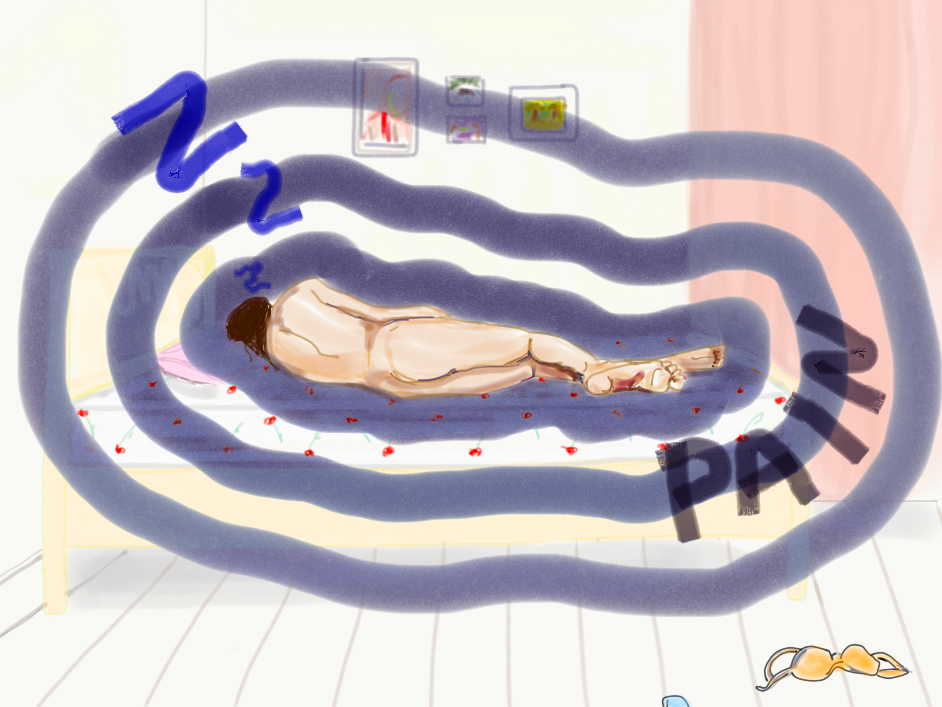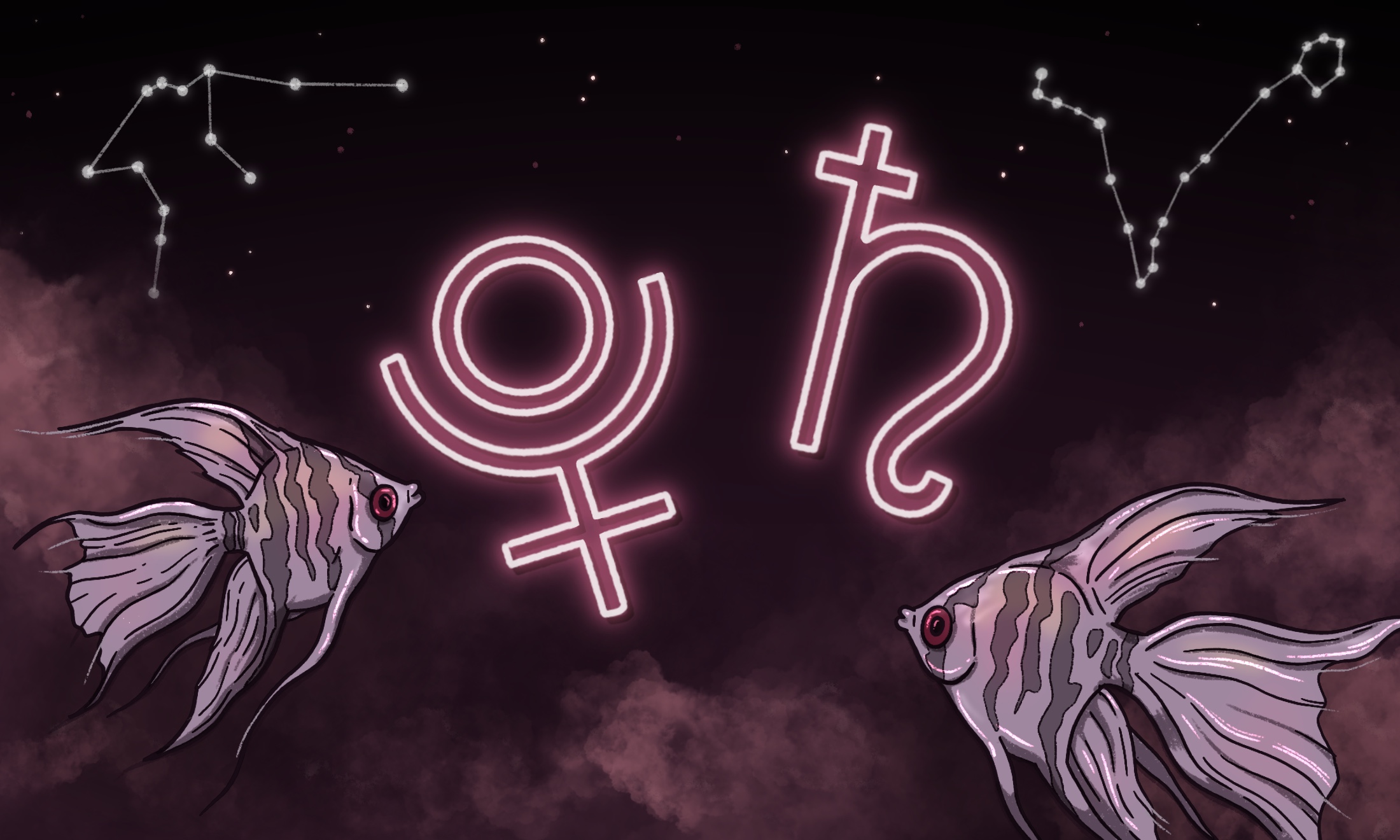
At the beginning of 2017 year my body started to malfunction. Symptoms crept up on me; I was a little more tired than usual, a little acheier. Weeks of persistent nausea followed me everywhere I’d go. Soon I was so sick I’d spend weeks in bed, weakness spread throughout me like my blood had been watered down. I was diagnosed with a multi-system disorder called Myalgic Encephalomyelitis (ME), commonly known as Chronic Fatigue Syndrome. There is no single known cause or cure. Although, I can tell you it’s primary cause is a result of chemical imbalances, caused or worsened by factors such as stress, infections, diet intolerances, genetic disposition and gender.
Don’t let the name fool you; the symptoms associated with Chronic Fatigue are much wider reaching than a lack of energy. Although the severe exhaustion is no party, I also experience musculoskeletal pain, muscle spasms, numbness, digestive problems, including nausea and cramping, light and noise sensitivity, sleep disturbances, weight loss, poor temperature control and cognitive symptoms, such as “brain fog” and migraines. Sounds great, eh? Now consider the mental health issues that arise when your independence has been robbed at 23, so little is understood about your illness, and the NHS is so swamped that you receive no support.
My bedroom became both my sanctuary and my prison, where I’d spend hours curled up in agony after a mountainous task like folding laundry, crying so often I felt like a leaky tap. Having worked as a freelance fashion stylist, I was used to freedom, hard work and all the outward appearances of a glamourous lifestyle. Now I could barely dress myself. The shame associated with illness and disability is something I struggled with at first; I was insecure, afraid of judgement.
“I was convinced I was fine before the build up to my crash, that my lethargy wasn’t a form of depression. But in truth it takes a lot of patience, reflection and knowledge to diagnose your feelings for what they truly are.”
ME is known for having peaks and crashes. For a few days I’m bubbly and functioning, then the next week I’m housebound, scared of a trip to the supermarket. My mum’s dealt with Parkinson’s disease for most of my adult life, and I never expected her to become my carer. It’s her fortitude dealing with her condition that became a focus for me in my weaker times, and continues to pull me out of any self-pity I find myself in.
I taught myself as much as I could about my illness, but also other autoimmune diseases with an unprecedented gender bias such as Fibromyalgia and Chronic Lyme’s Disease. These conditions were not highly valued by those in the medical profession. In fact until 2009, ME was classified as a psychiatric condition rather than a medical one, thanks in part to male psychiatrists claiming that the illness was a form of hysteria. Because of misogyny, misdiagnosis of depression and what I call the “downplay” of ill health, patients suffering from these types of conditions can go 20 years without receiving an accurate diagnosis.
Illness can hit anybody at any time. Until it strikes you it can be difficult to imagine the isolation and regret that you’ll feel. Despite this, there’s a lot that can be done to prevent damage building. Long term stress and negativity affect our central nervous system, our hormones and immune system amongst other things. I was convinced I was fine before the build up to my crash, that my lethargy wasn’t a form of depression. But in truth it takes a lot of patience, reflection and knowledge to diagnose your feelings for what they truly are.
“The key is to listen out for triggers in your thoughts, question them and apply perspective.”
As millennials we are facing obstacles that no other generation has had to compete with: lower earnings than our parents faced, unregulated rent prices, dangerous levels of pollution, not to mention the superficiality of social media and pressures to stay young, woke and beautiful. This lifestyle comes with burdens of never feeling like you have enough, enough time, enough money, enough clothing or enough talent to compete with all the other hungry people out there.
So it’s no surprise our internal dialogues can be filled with self-doubt and unhappiness. Even if it’s as simple as saying “no one wants to date me”, or “no one takes my work seriously”. The key is to listen out for triggers in your thoughts, question them and apply perspective. Our access to constant information is another stressor. If you’ve ever felt that it’s difficult to turn off, or you use drugs or alcohol as a way to do it, try meditation and you’ll soon be able to turn down the volume in your head. Inner peace doesn’t come easy but it’s better than a hangover.
When life takes you down, the knocks will keep on coming in the form of friends, family and lovers. My heart is truly covered in plasters after all the heartbreak I’ve endured. Connections are fragile despite their longevity; so don’t go holding onto any that hurt you. Now, I keep my time only for those who share my enjoyments and attitudes. Letting go is lonely but if you want your life to change you have to make space for new opportunities and relationships. More importantly, let go of expectations because they serve nobody.
“It’s time we saw the positivity in suffering, for it can inspire and transform.”
This year I’m grateful for transformation. The weaker my muscles became, the skinnier I got, the bolder and more intelligent I became. My passion for life has returned and instead of ruminating in negativity, I’ve let go of the fear of failure, and it’s freed me to more possibilities; a life of full health included. There is nothing scarier than your own body rejecting you, so take care of it and don’t limit yourself.
Not all disabilities are visible, and in 2018 I will begin working for wider recognition of the illnesses and disabilities facing our generation today. It’s time we saw the positivity in suffering, for it can inspire and transform. After all, Frida Kahlo painted masterpieces from her sick bed.
This painful year ends on a full moon, and as a resolution I offer up the following: do what you are able to do. If you are able to help others, then now is the time to act. If you aren’t able to do something, especially if your health or mental health is at a low, be communicative with others and forgiving with yourself. And for anybody suffering, or experiencing illness and disability, feel everything, but never embarrassment or shame. Your inner strength is all that the world needs to see.








